Faneque, the giant facing the ocean
Roque Faneque, on the NW coast of Gran Canaria is one of the highest cliffs in the world and guardian of amazing biodiversity
This giant looks out over the Atlantic from a height over 1,000 metres. It gazes straight down over the sea following the flight of shearwaters, seagulls and petrels. Only it knows what it’s really found so fascinating to look at for millions of years. Maybe it’s just seeking its own reflection over the waters that soak its stone feet. This proud, rocky Titan is the highest cliff in Europe and one of the largest in the world. However, along with its inevitable haughtiness, El Roque Faneque also expresses the nostalgic calm that comes with the passing of time.
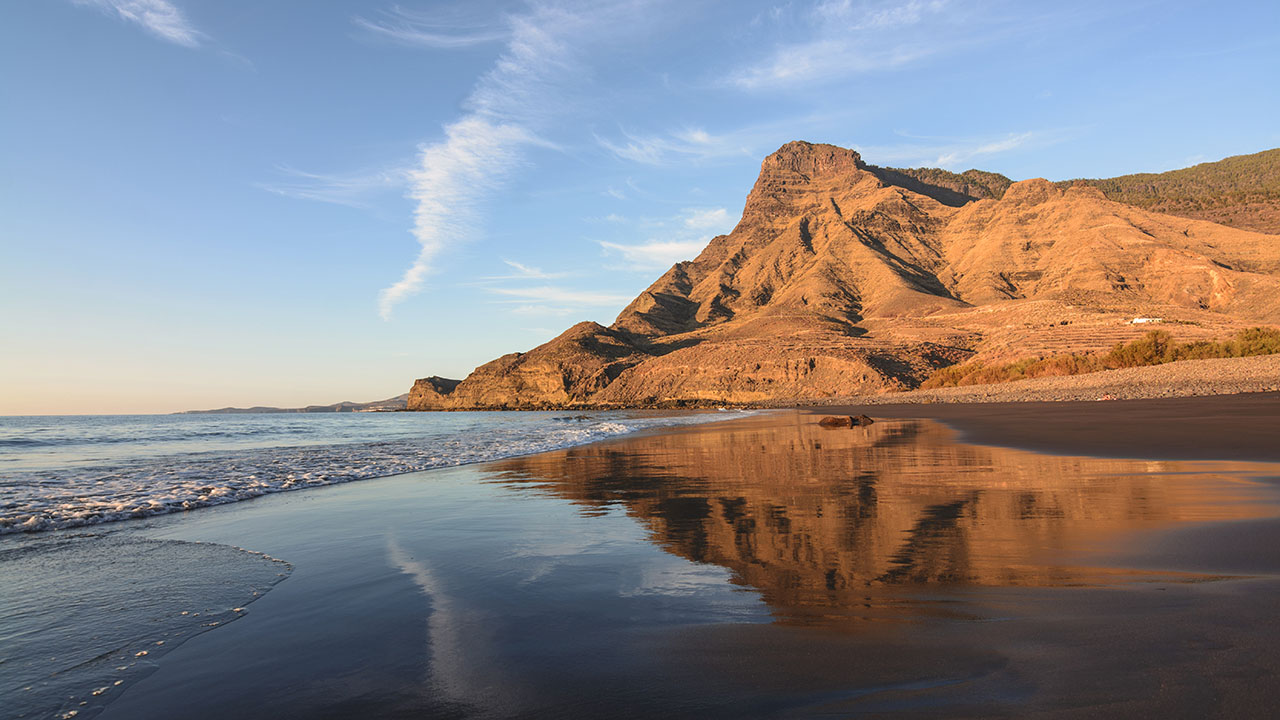
Fire conceived and nurtured El Roque Faneque. This gigantic formation is actually the result of the patient sculpting of erosion on the primitive plateau that emerged after the massive volcanic eruptions over several million years. In fact, El Roque Faneque, like all of Gran Canaria’s NW coast, is an open book that shows page after page of the island’s geological evolution, as the different flows of lava piled layers, one on top of the other. These are the scars from the old umbilical cord of an island territory that would not exist without the volcanoes.
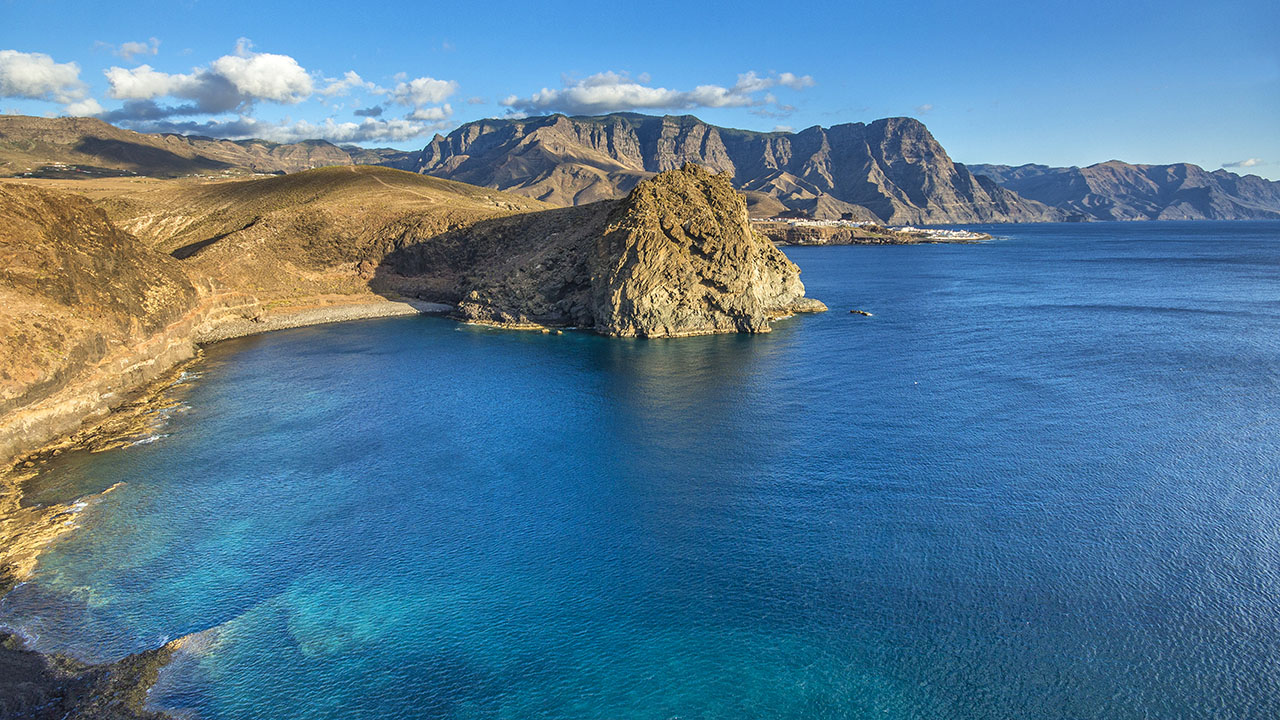
Faneque is also the guardian of some of the most amazing biodiversity on Gran Canaria. The Canary pine forest in the Tamadaba Natural Park climbs up its back, while several endemic species challenge the abyss in the cracks of the precipice. These botanical rarities splash colour over the cliffs on their inescapable path down to the sea. Nature’s paintbrush decorates the steepest side of Roque Faneque with purple, yellow and white flowers, thanks to the presence of bindweed, Sventenia bupleuroides or the very rare Crambe tamadabensis, a plant so particular that these vertical walls are the only place it grows in the whole world.
The colossus can be viewed from different perspectives. In the view from Sardina del Norte, on the Gáldar coast, its silhouette is the start of the mountain range or ‘dragon’s tail’ that stretches as far as La Aldea de San Nicolás. Its roundness can be clearly made out from the Puerto de las Nieves in Agaete. Here, you can immerse yourself in the waters that act like a mirror and look up to catch its gaze, sometimes covered by shreds of clouds that stick like a bandage over its eyes.
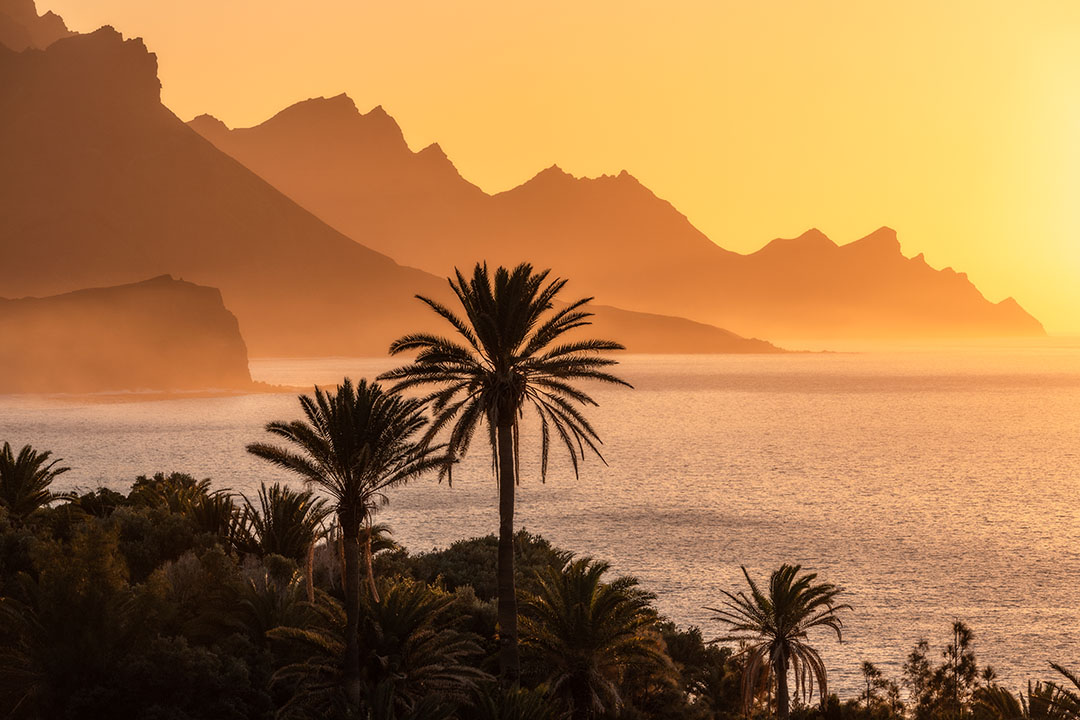
Another option takes you along the GC-216 road into the heart of the Tamadaba pine forest to gaze at it from the wooden platform viewpoint, also the perfect place for hikers and cyclists to catch their breath. This watchtower also lets your eyes wander to the ravines in the North that lead up to La Aldea de San Nicolás, and much of the Agaete coast.
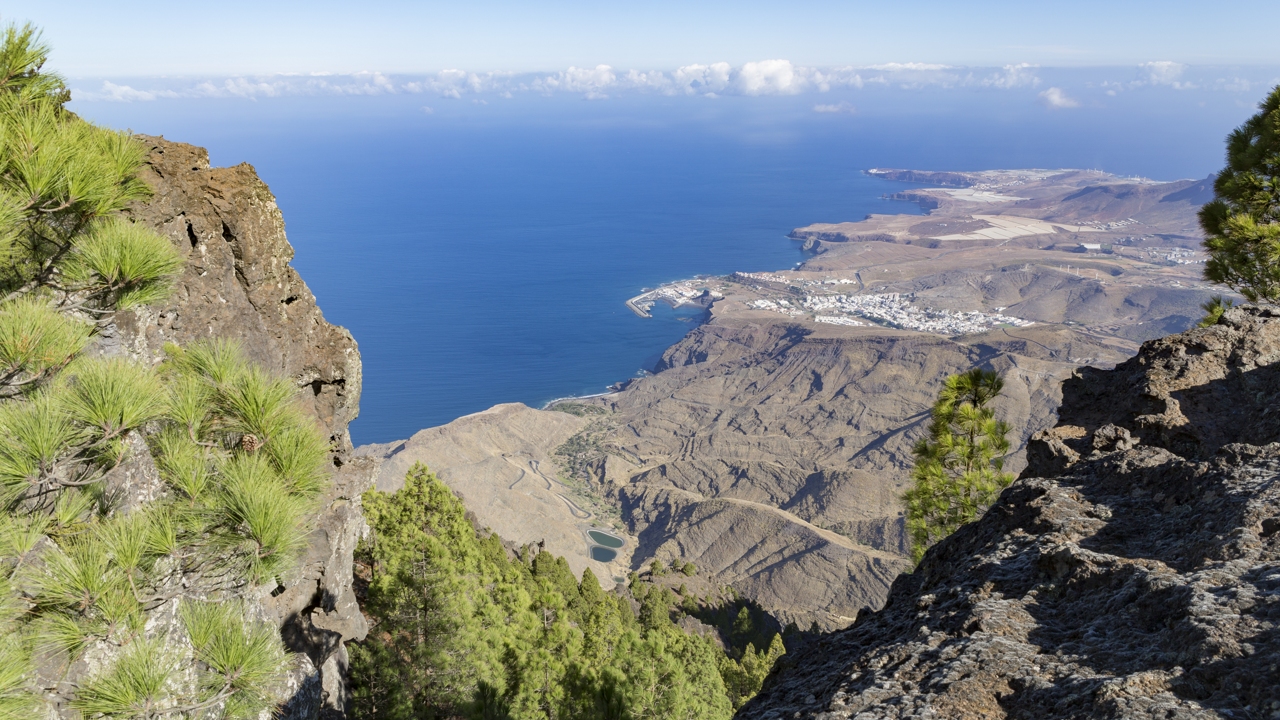
The ancient population of Gran Canaria observed the sun, the moon and the stars to control the time and the seasons and thereby organise their society, including farming and all types of rituals. They believed that places where the earth seems to touch the sky are particularly significant.
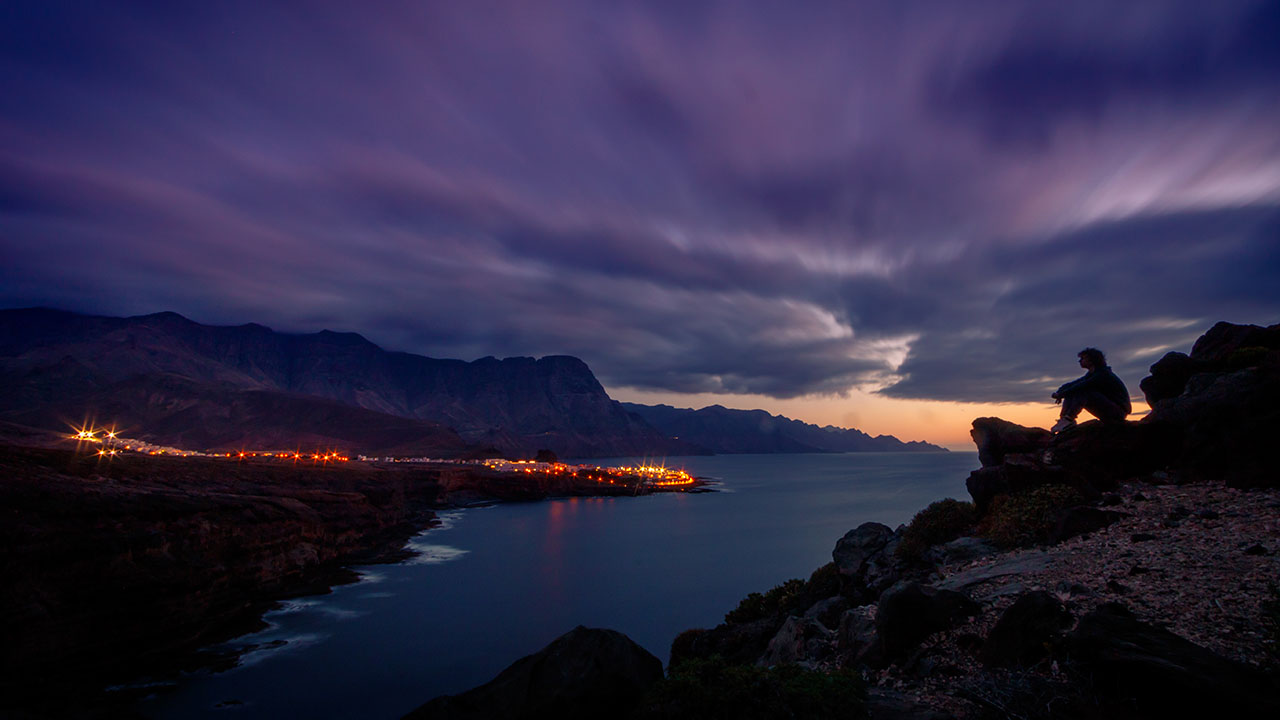
It should come as no surprise therefore that El Roque Faneque lies within the boundary of the Sacred Mountains of Gran Canaria Cultural Landscape, an area that was declared a World Heritage Site, overlapping with the Gran Canaria Biosphere Reserve. El Roque Faneque stands vigil over this legendary scenario, following word-for-word the script written with indelible ink at a time that nobody remembers.

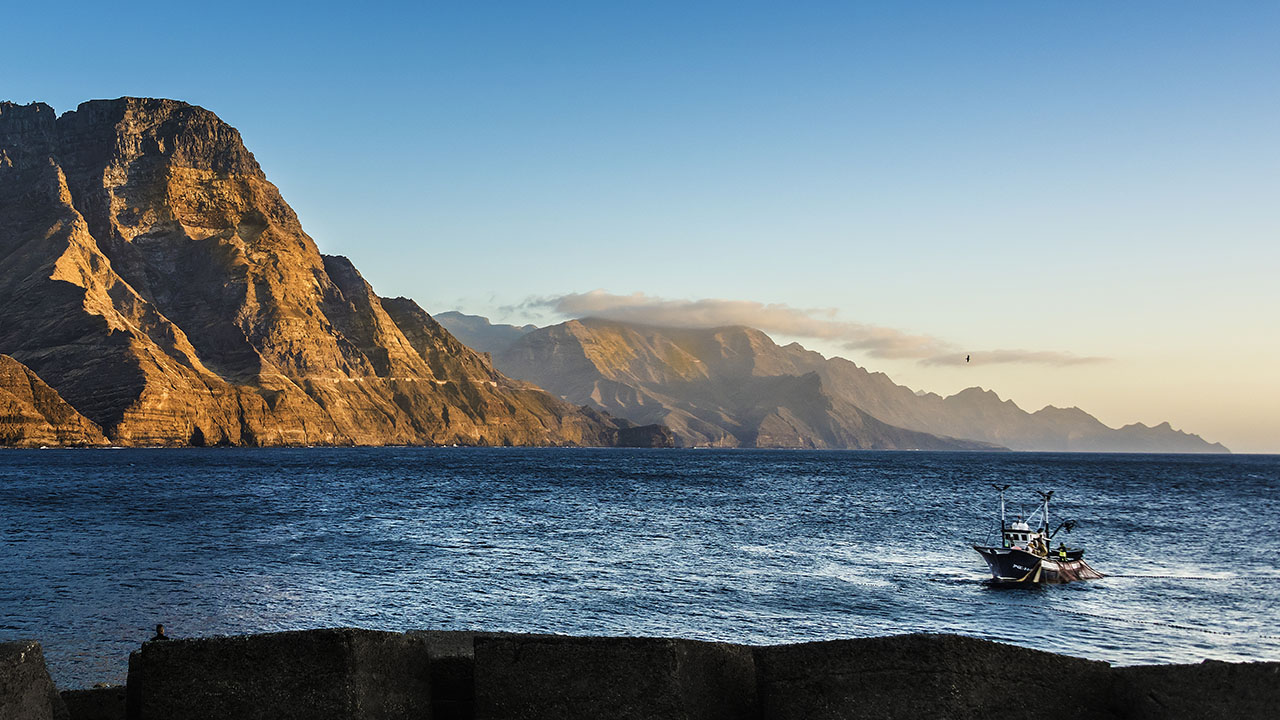
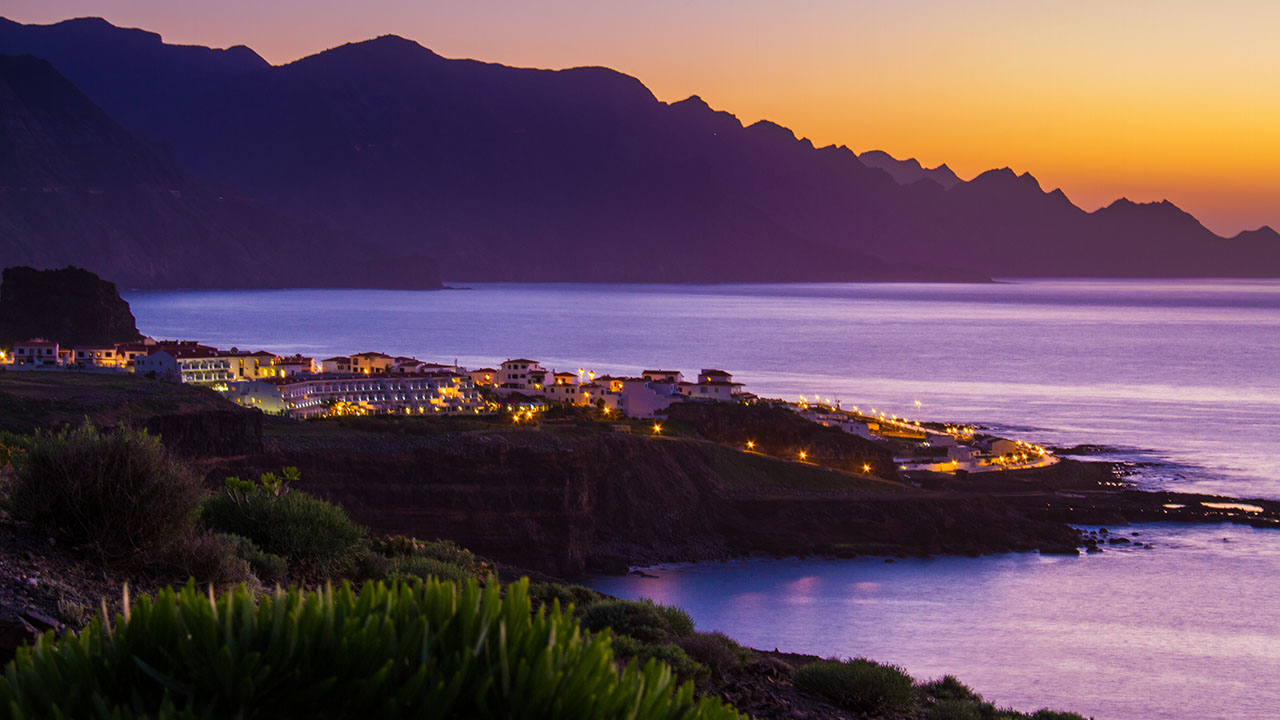
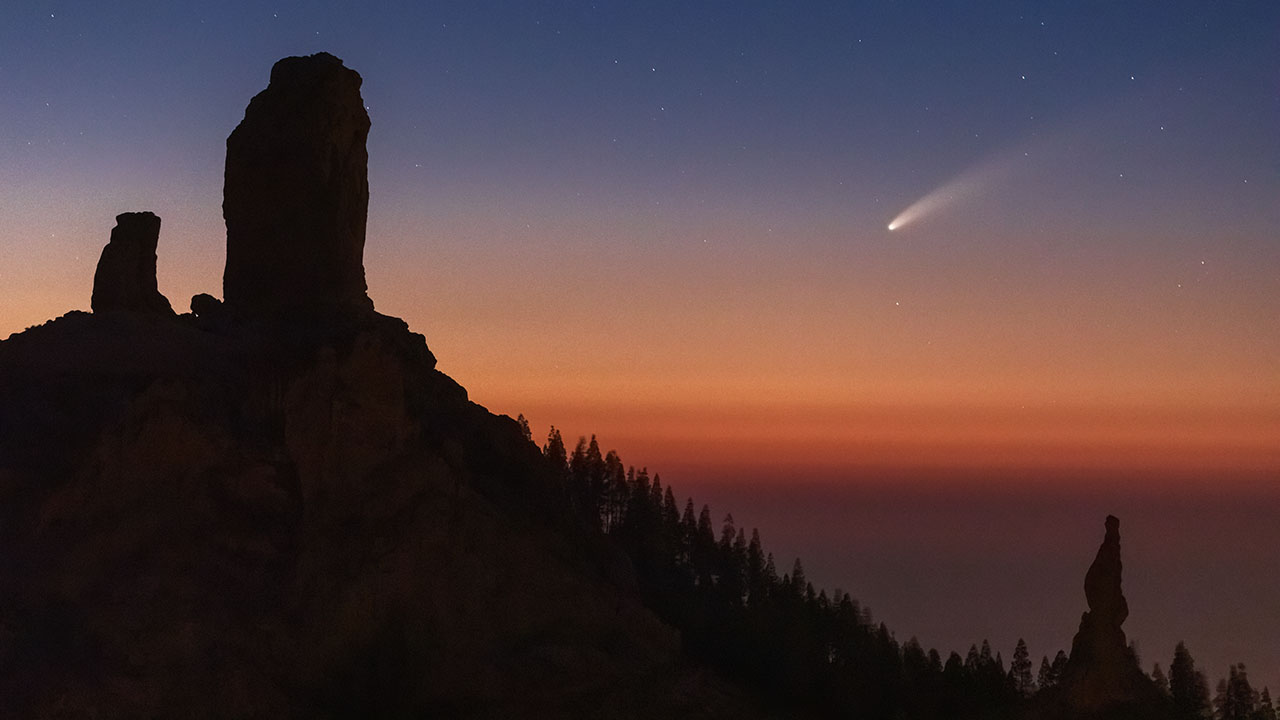
Comments are disabled for this post.